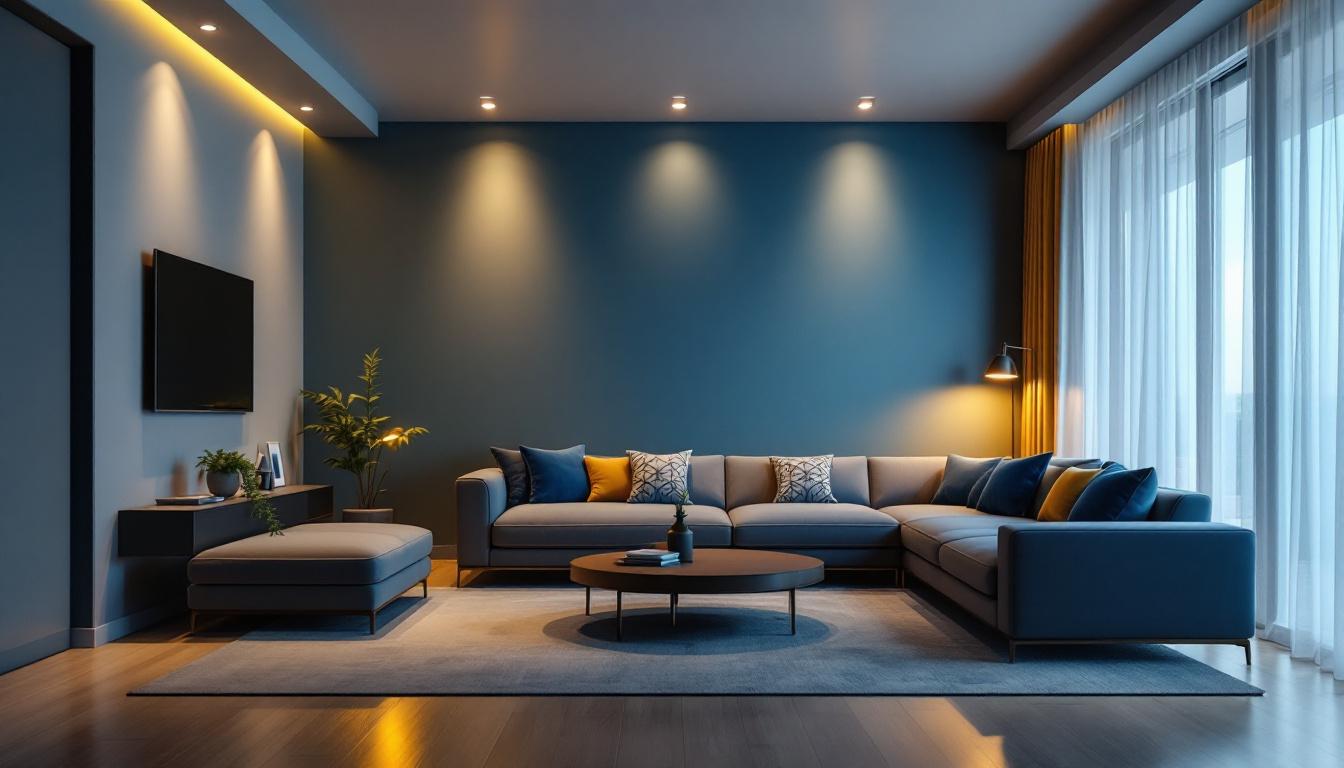
Recessed lighting has become a staple in modern interior design, particularly in living rooms where ambiance and aesthetics play a crucial role. This innovative lighting solution has revolutionized how spaces are illuminated, providing a sleek and unobtrusive option that enhances the overall look and feel of a room. For lighting contractors, understanding the benefits and applications of recessed lights is essential for staying ahead in the industry.
Recessed lighting, often referred to as can lighting or pot lighting, consists of light fixtures that are installed into the ceiling, creating a clean and streamlined appearance. Unlike traditional fixtures that hang from the ceiling, recessed lights are flush with the surface, allowing for a more spacious and open feel in any room. This design not only saves space but also provides versatility in lighting design. Furthermore, recessed lighting can be strategically placed to enhance the overall ambiance of a room, making it an excellent choice for both residential and commercial spaces. The unobtrusive nature of these fixtures allows for a seamless integration into various interior styles, from modern minimalist to classic elegance.
To effectively utilize recessed lighting, it is important to understand its key components. These include the housing, trim, and bulb. The housing is the part that is installed into the ceiling and can vary in size and shape depending on the application. The trim is the visible part of the fixture that can be customized to match the décor of the room. Lastly, the bulb type can significantly influence the quality of light produced, with options ranging from LED to incandescent. Choosing the right bulb not only affects brightness and color temperature but also energy efficiency and longevity, making it a crucial consideration for homeowners looking to minimize their energy bills while maximizing lighting quality.
There are several types of recessed lights available, each serving different purposes. For example, adjustable recessed lights are ideal for highlighting artwork or architectural features, while fixed lights offer a more general illumination. Additionally, there are specialized options such as wet-rated fixtures for bathrooms and outdoor areas. Understanding these variations allows contractors to recommend the best solutions tailored to their clients’ needs. Moreover, dimmable recessed lights have gained popularity, providing homeowners with the ability to control the intensity of light based on the time of day or the mood they wish to create. This flexibility can transform a space from bright and energizing during the day to soft and cozy in the evening, enhancing the overall functionality of the lighting system.
Recessed lighting offers numerous advantages that make it a game-changer in the lighting industry, particularly for living rooms. These benefits range from aesthetic appeal to functional versatility, making it an attractive option for homeowners and designers alike.
One of the most significant advantages of recessed lighting is its ability to enhance the aesthetics of a living room. By providing a clean and modern look, recessed lights can complement various design styles, from contemporary to traditional. The unobtrusive nature of these fixtures allows for a more open and airy feel, making the space feel larger and more inviting. Additionally, the strategic placement of recessed lights can highlight architectural features such as crown molding, artwork, or textured walls, creating a focal point that draws the eye and adds depth to the room. This subtle illumination can transform an ordinary space into a sophisticated environment, elevating the overall design.
Recessed lighting can be tailored to meet the specific needs of any living room. By strategically placing fixtures, contractors can create different lighting zones that cater to various activities, such as reading, entertaining, or relaxing. Dimming capabilities further enhance this versatility, allowing homeowners to adjust the brightness according to their mood or the time of day. Moreover, the use of different bulb types, such as warm white or cool daylight, can influence the ambiance of the room, making it suitable for both lively gatherings and cozy evenings. The ability to layer lighting—combining recessed fixtures with other sources like floor lamps or wall sconces—creates a dynamic and inviting atmosphere that can be easily modified for any occasion.
With the rise of energy-efficient lighting solutions, recessed lights have adapted to meet these demands. LED recessed lights, in particular, consume significantly less energy compared to traditional incandescent bulbs, making them an environmentally friendly choice. This not only helps homeowners save on energy bills but also aligns with the growing emphasis on sustainability in home design. Furthermore, the longevity of LED bulbs means less frequent replacements, reducing waste and contributing to a more eco-conscious lifestyle. As technology continues to advance, smart recessed lighting systems are also becoming available, allowing homeowners to control their lighting remotely or set schedules, further optimizing energy use and enhancing convenience.
In addition to aesthetic and energy-saving benefits, recessed lighting significantly improves the functionality of living rooms. The even distribution of light helps eliminate shadows and dark corners, creating a well-lit environment that is conducive to various activities. This is particularly beneficial for multi-functional spaces where family members may engage in different tasks simultaneously, such as watching television, working on hobbies, or hosting friends. The ability to adjust the intensity and focus of recessed lights means that homeowners can create the perfect ambiance for movie nights or lively gatherings, ensuring that the living room remains a versatile hub for family interaction and entertainment.
For lighting contractors, the installation of recessed lights requires careful planning and execution. Understanding the nuances of installation can ensure that the final result is both aesthetically pleasing and functional.
Before installation, it is crucial to plan the layout of the recessed lights. This involves considering the size of the room, the height of the ceiling, and the intended use of the space. A well-thought-out layout can prevent issues such as uneven lighting or dark spots, ensuring a balanced and inviting atmosphere.
Selecting the appropriate fixtures is another important aspect of the installation process. Contractors should take into account the style of the living room, the desired light output, and the type of bulb being used. Additionally, ensuring that the fixtures are compatible with dimmer switches can enhance the overall functionality of the lighting system.
Adhering to local building codes and regulations is essential during the installation of recessed lighting. This includes ensuring proper clearance from insulation and using fixtures that are rated for the specific application. Failure to comply with these codes can lead to safety hazards and costly rework.
The lighting industry is continually evolving, and recessed lighting is no exception. New trends and technologies are emerging that enhance the functionality and appeal of these fixtures.
As smart home technology becomes increasingly popular, integrating smart lighting solutions with recessed fixtures is a growing trend. This allows homeowners to control their lighting remotely, set schedules, and even adjust the color temperature to match their preferences. For contractors, offering smart lighting options can set them apart from competitors and meet the demands of tech-savvy clients.
Another trend gaining traction is the use of adjustable color temperature in recessed lighting. This feature allows homeowners to switch between warm and cool light, depending on the time of day or the activity being performed. Providing this flexibility can enhance the overall experience of living spaces and cater to individual preferences.
Recessed lighting is increasingly being integrated into architectural elements, such as coves and niches. This design approach not only adds visual interest but also creates a seamless blend between lighting and architecture. Contractors who are familiar with these design principles can offer clients innovative solutions that elevate their living spaces.
While recessed lighting offers many benefits, there are also challenges that contractors may encounter during installation and design. Understanding these challenges and their solutions can help ensure a smooth process.
One common challenge with recessed lighting is overheating, particularly with incandescent bulbs. To mitigate this risk, it is essential to choose fixtures that are rated for the specific bulb type and ensure proper ventilation. Additionally, opting for LED bulbs can significantly reduce heat output, making them a safer choice for recessed applications.
Improper placement and spacing of recessed lights can lead to undesirable lighting effects. A general rule of thumb is to space the fixtures approximately 4 to 6 feet apart, depending on the height of the ceiling. Conducting a lighting layout plan can help avoid these issues and ensure an even distribution of light throughout the room.
Another challenge is ensuring that recessed lights are accessible for maintenance and bulb replacement. Contractors should consider the height of the ceiling and the type of fixtures being used. Choosing fixtures with easy access mechanisms can simplify maintenance and enhance the longevity of the lighting system.
Recessed lighting has undoubtedly transformed the lighting industry, offering a modern and versatile solution for living rooms. Its ability to enhance aesthetics, provide energy efficiency, and adapt to various design needs makes it a preferred choice for homeowners and designers alike. For lighting contractors, staying informed about the latest trends, installation techniques, and potential challenges is essential for delivering exceptional results.
As the demand for innovative lighting solutions continues to grow, recessed lighting will remain at the forefront of the industry. By embracing this trend and understanding its applications, contractors can position themselves as leaders in the field, ready to meet the evolving needs of their clients.
Ready to elevate your lighting game with the sleek sophistication of recessed lighting? At LumenWholesale, we provide lighting contractors with the highest quality, spec-grade lighting products at prices that can’t be beaten. Say goodbye to local distributor markups and hello to a vast selection of reliable, high-performance lighting that meets the most rigorous industry standards. Plus, with free shipping on bulk orders, you can stock up on premium lighting solutions without worrying about hidden fees. Don’t compromise on quality or value—choose LumenWholesale for Wholesale Lighting at the Best Value and make your next project shine.
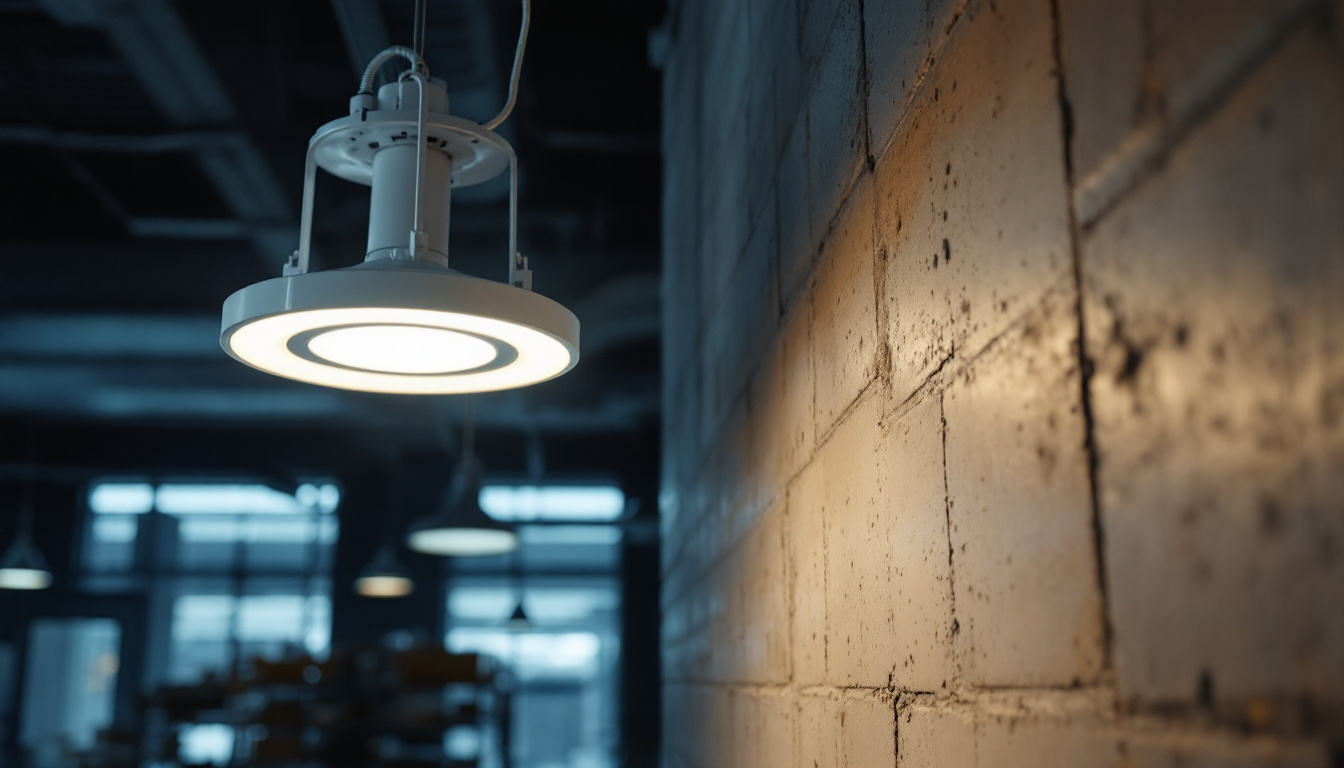
Discover how UFO lighting technology is revolutionizing the lighting industry by offering cost-effective solutions for contractors.
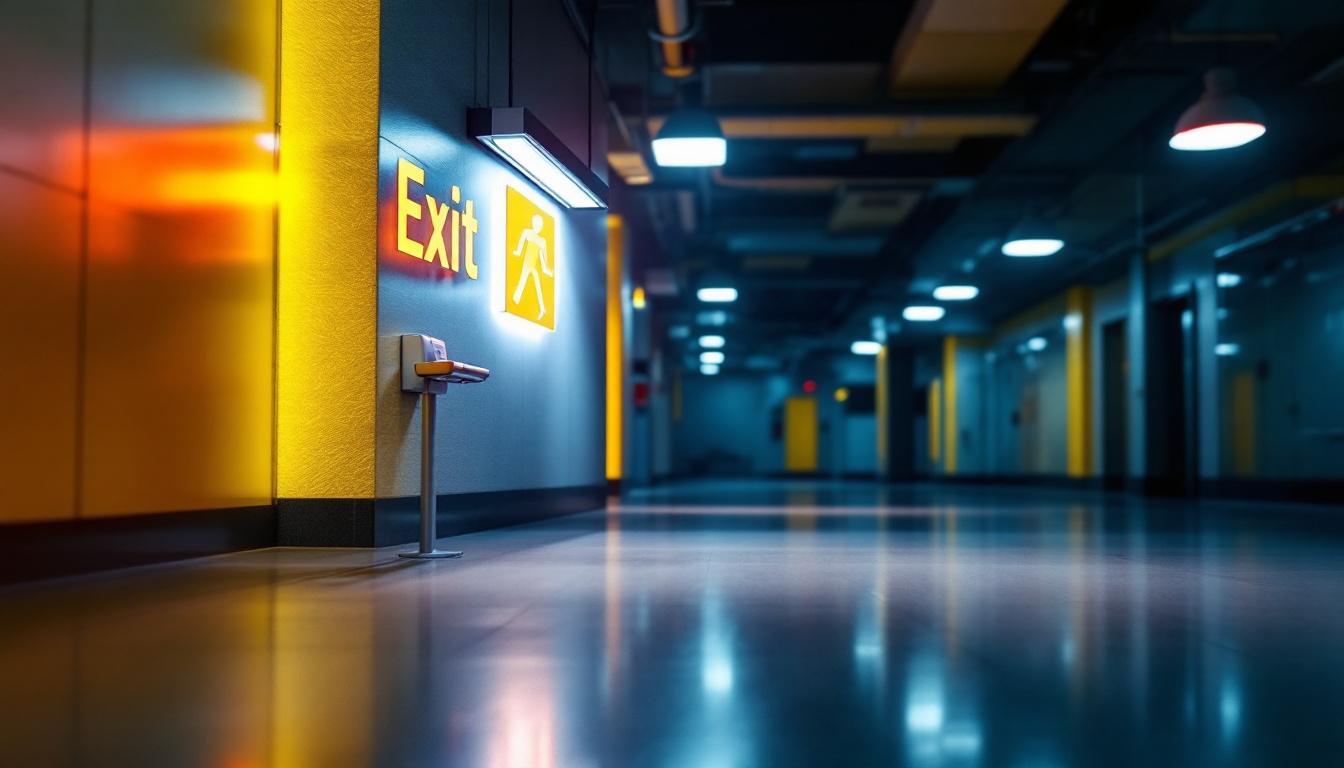
Discover how emergency lights and exit signs boost energy efficiency, reduce costs, and enhance safety.
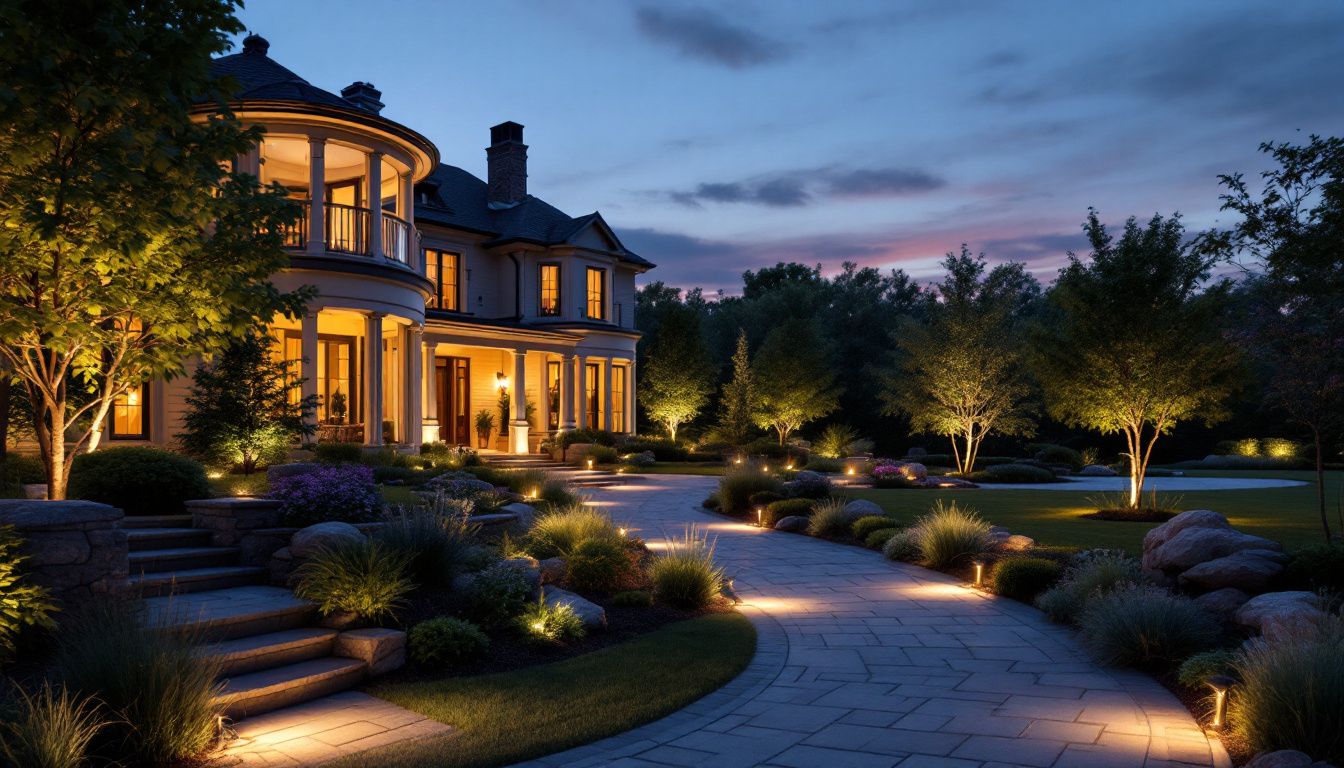
Discover how professional landscape lighting can transform your outdoor spaces and elevate your lighting installation projects.
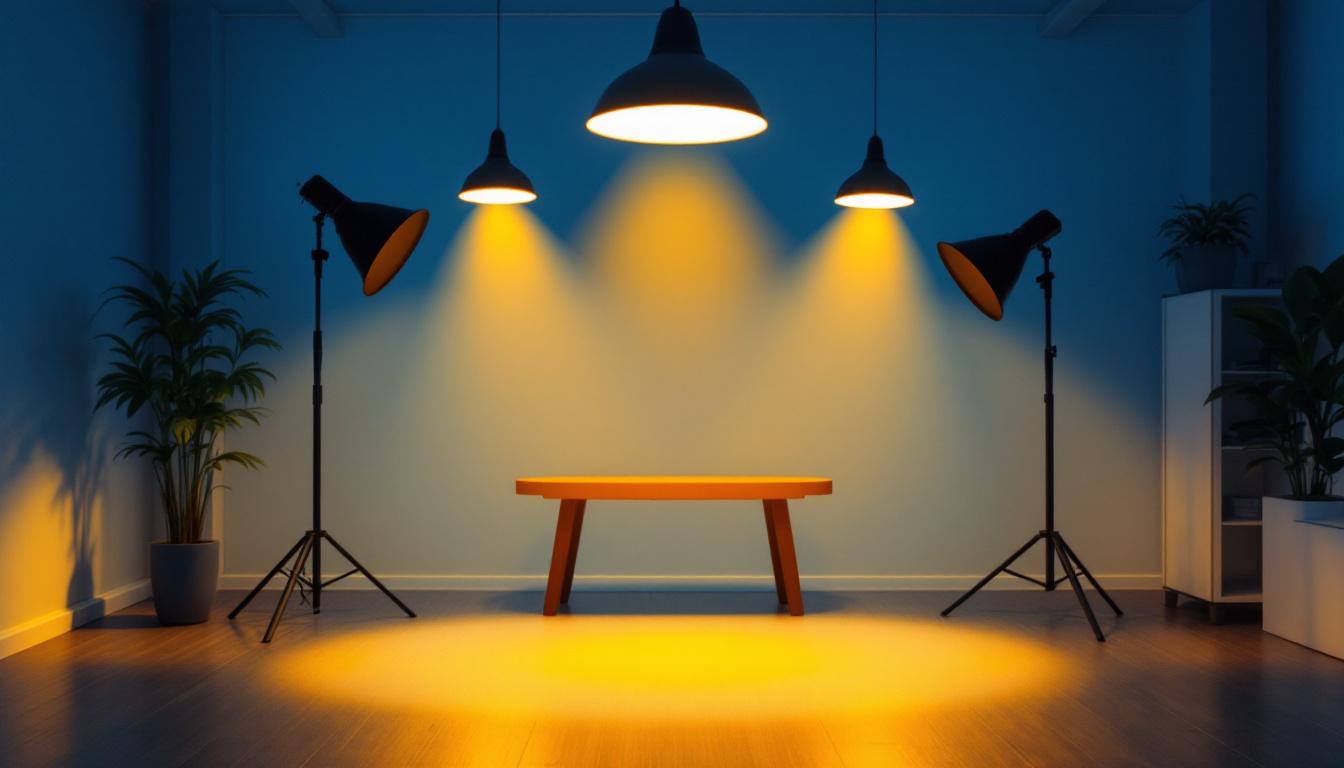
Discover the pivotal role of diffuser lenses in lighting installations, exploring how they enhance illumination quality, reduce glare, and create ambient environments.